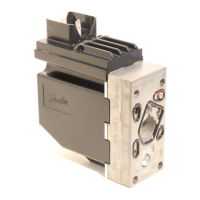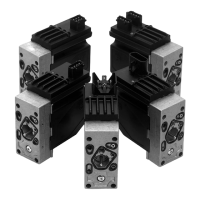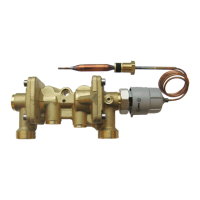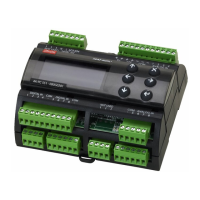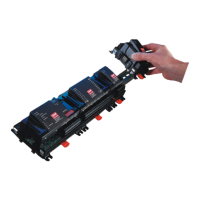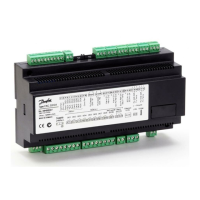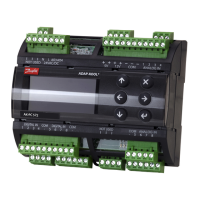180 | © Danfoss | August 2018 AQ00000211
Open loop dead-band calibration
As illustrated in Table 90, the open loop dead-bands are the previously found closed loop dead-bands, P3166 and P3168,
added or subtracted by the offset value determined by P3170, respectively. After the closed loop dead-band are found,
check if the default (P3170 = 25) satisfies the open-loop dead-band criteria (no output flow when the spool is positioned
in the open-loop dead-band e.g. verify by direct output control-function to test these parameters. Do it across a small
population to gain confidence in the offset). If the wheels are still moving, increase P3170 by 5 and do the verification
again. Repeat until acceptance criteria has been fulfilled.
The open-loop dead-bands are directly derived from the measured closed-loop dead-bands as follows:
Spool open-loop dead-band left =
Spool open-loop dead-band right =
Table 90
Determining TL and TR for a specific vehicle type
When determining the success criteria for a specific vehicle type, the goal is to determine target TR and TL values
through a learning phase that can subsequently be used for multiple vehicles of the same type.
For learning TR and TL for a specific vehicle, the following should be considered:
1. For a given test_db_L/R, observe that the steered wheels move very slowly and continuously.
2. Use the calibration procedure in Figure 7 to determine TR and TL.
3. Fine-tune test_db_L and test_db_R until TR and TL are identical
The values TR and TL should now be used as target set-points for subsequent valve calibration for this specific type of
vehicle.
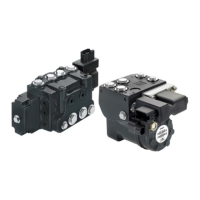
